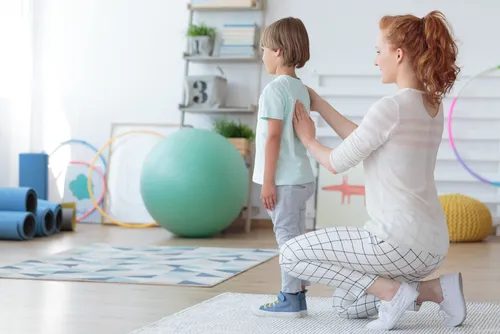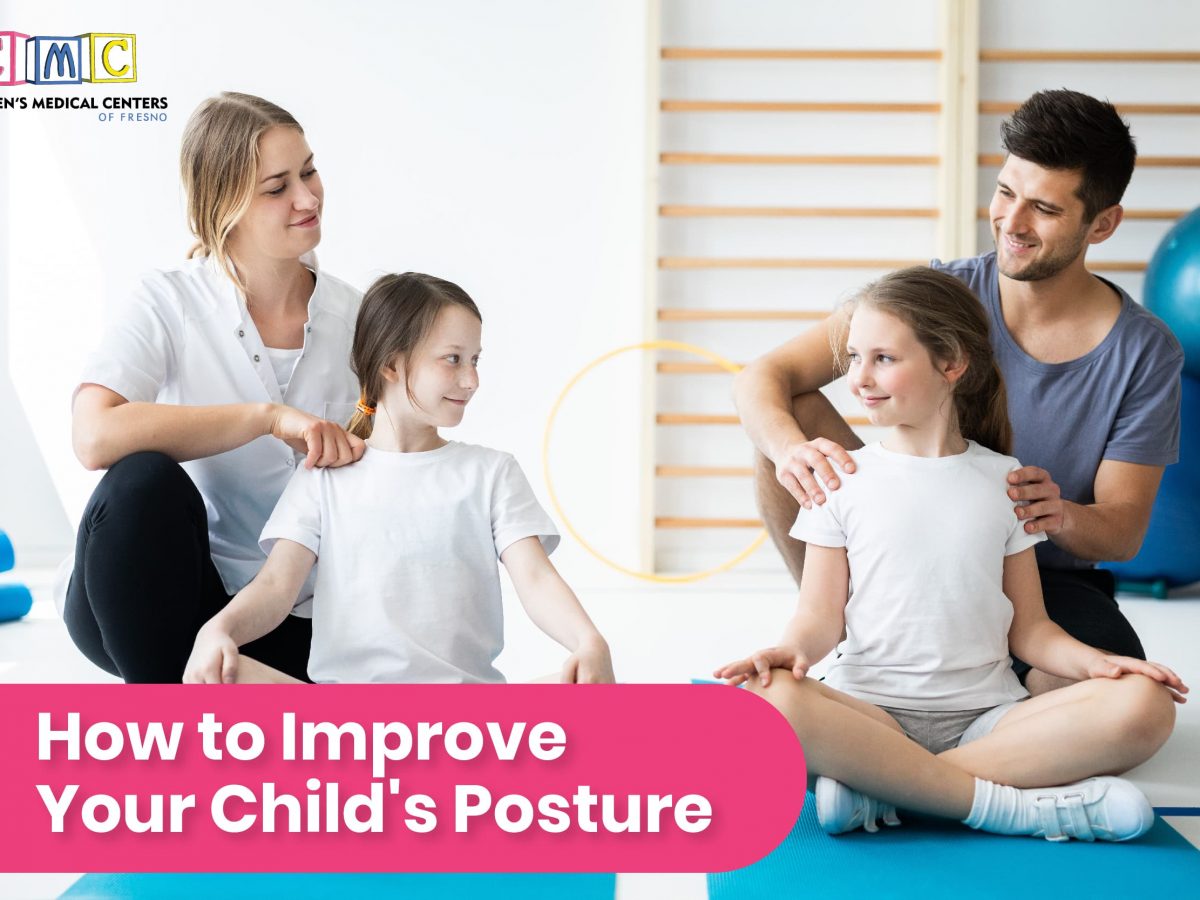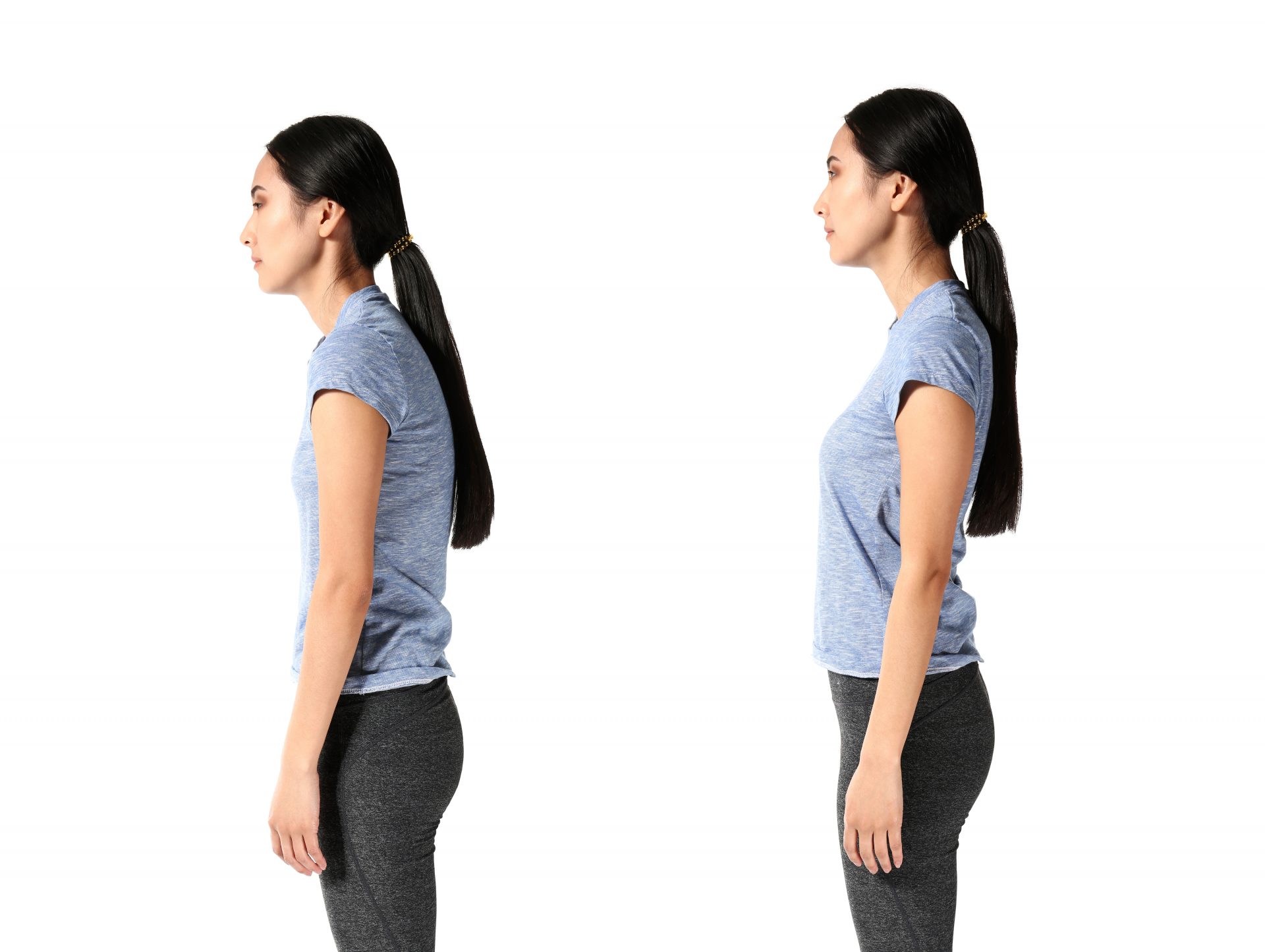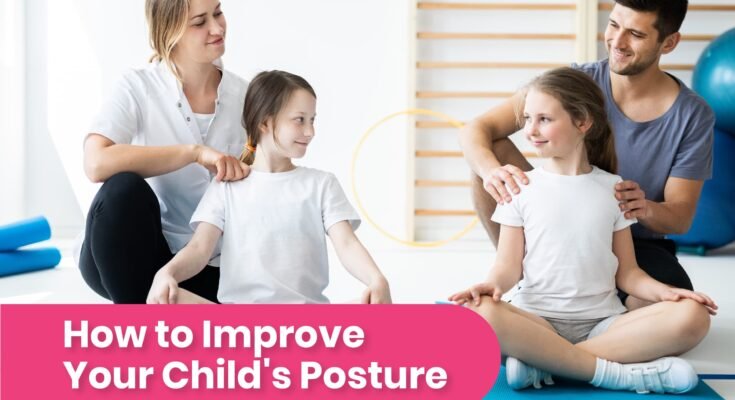Good posture is vital for your child’s health. It helps prevent back pain and boosts confidence. Many children struggle with poor posture due to habits and lifestyle. Slouching while using gadgets, carrying heavy backpacks, and lack of physical activity are common issues. The good news is that improving posture is possible with simple steps. Encouraging proper sitting, standing, and sleeping habits can make a big difference.
Regular exercise and stretching also play a crucial role. By taking these actions, you can help your child develop strong, healthy posture that will benefit them throughout their life. Let’s explore effective ways to enhance your child’s posture and ensure their well-being.

Importance Of Good Posture
Good posture keeps the body strong. It helps bones stay in place. Muscles work better when the back is straight. Breathing becomes easy with good posture. Blood flows well, making the body healthy. Back pain is less with strong posture. Kids feel better and have more energy. Their bodies grow well with good posture.
Posture affects how kids play. Sitting straight helps in school. It is easier to write and read. Playing sports is fun with good posture. Kids can run fast and jump high. They can also sit longer without feeling tired. Good posture helps in making friends too. Kids look happy and feel confident.
Common Posture Problems
Slouching makes the back look bent. It happens when the shoulders drop forward. This is a common problem among kids. Many kids sit like this when they watch TV or use gadgets. Slouching can cause back pain. It also makes the body look tired and weak. To fix slouching, sit up straight. Keep the shoulders back. Practice good sitting habits every day.
Forward head posture is another issue. It occurs when the head leans out. The ears should be in line with the shoulders. Kids often do this while on phones or tablets. Forward head can lead to neck pain. It also strains the upper back. To correct it, sit up with a straight neck. Look ahead, not down. Use a pillow to support the neck if needed.
Identifying Poor Posture
Look for slouching shoulders or a hunched back. Notice if their head is tilted forward or if they stand with one hip higher than the other. Check if they lean to one side often. These are signs of poor posture. Observe how they sit and walk. Good posture has a straight back and even shoulders.
Use a mirror to check their alignment. Stand them against a wall. Their head, shoulders, and back should touch the wall. Notice if there is a large gap between their back and the wall. This can show a curved spine. Ask them to walk a few steps. Watch for any uneven movements. Regular checks can help identify problems early.

Exercises For Better Posture
Strong muscles help keep the body upright. Planks are great for this. Your child should hold a plank for 20 seconds. Supermans are fun and effective. Have your child lie on their tummy. Lift arms and legs together. Hold for 5 seconds.
Stretching keeps muscles flexible. Cat-Cow stretch helps the back and neck. Your child should start on hands and knees. Arch the back like a cat. Then dip like a cow. Child’s pose is calming. Kneel and stretch arms forward. Hold for 10 seconds.
Ergonomic Solutions
A proper desk setup helps improve posture. The desk should be the right height. Keep the monitor at eye level. This avoids neck strain. Ensure the keyboard and mouse are easy to reach. This helps avoid stretching. A footrest can provide extra support.
A supportive chair is very important. Look for one with good back support. This helps keep the spine straight. The chair should have adjustable height. This allows it to fit the desk well. Armrests can help support the arms. Padded seats are more comfortable.
Encouraging Active Lifestyle
Sports and Activities help children stay fit. They move their bodies and build muscles. These activities make bones strong. Good posture comes from strong muscles and bones. Encourage sports like soccer, basketball, or swimming. These sports involve many movements. Each movement strengthens the child’s body. Joining a team can make it fun. Friends can motivate them to play.
Outdoor Play is very important. Fresh air and sunlight are good for health. Running, jumping, and climbing improve posture. Parks and playgrounds offer many options. Encourage your child to play outside daily. Games like tag or hide and seek keep them active. Limit screen time and promote outdoor activities. Their body will thank you!
Role Of Nutrition
A healthy diet helps keep your child’s bones strong. Calcium is key for bone health. Foods like milk, cheese, and yogurt are rich in calcium. Vitamin D also helps bones. Sunlight and foods like fish and eggs provide vitamin D. Protein is important too. It helps muscles grow. Include foods like meat, beans, and nuts.
Water is essential for your child’s health. It helps keep muscles and joints working well. Drink enough water every day. Avoid sugary drinks. They don’t help the body. Water is the best choice. It also helps in digestion. Good hydration supports overall health and posture.

Professional Help
Seeking professional help can greatly improve your child’s posture. Experts provide personalized exercises and advice tailored to your child’s needs. Proper guidance ensures lasting benefits for their posture and overall health.
Physiotherapy
Physiotherapy can help improve your child’s posture. A physiotherapist can create a plan. This plan will include exercises. These exercises strengthen muscles. Strong muscles support better posture. Physiotherapists also teach your child how to sit and stand correctly. This guidance is very important.
Chiropractic Care
Chiropractic care is another option. Chiropractors can adjust your child’s spine. These adjustments can help improve posture. Chiropractors also give advice on how to keep a good posture. This advice can be very helpful for daily activities.
Frequently Asked Questions
How Do I Correct My Child’s Posture?
Encourage regular physical activity and exercises. Ensure your child maintains proper sitting and standing positions. Use ergonomic furniture. Reduce screen time and incorporate frequent breaks. Consult a professional if needed.
What Causes Poor Posture In Children?
Poor posture in children can result from prolonged screen time, heavy backpacks, and lack of physical activity. Weak muscles, improper furniture, and poor ergonomics also contribute. Encouraging active play and regular exercise can help improve posture.
How To Stop A Child From Slouching?
Encourage regular exercise to strengthen back muscles. Teach proper sitting posture using ergonomic chairs. Remind them to stand tall. Use posture-correcting tools like braces if necessary. Make posture awareness fun with games or challenges.
Can You Correct Years Of Bad Posture?
Yes, you can correct years of bad posture. Consistent exercises, proper ergonomics, and physical therapy can help improve it.
Conclusion
Helping your child improve posture can boost their health. It builds confidence and prevents future issues. Start with small steps at home. Encourage sitting up straight. Use chairs and desks that support. Make stretching a daily habit. This can be fun for the whole family.
Regular exercise helps too. Keep activities engaging. Praise their efforts often. You will notice changes over time. Consistency is key. Your child will thank you later. Good posture leads to a happy life. Keep supporting them in this journey.



